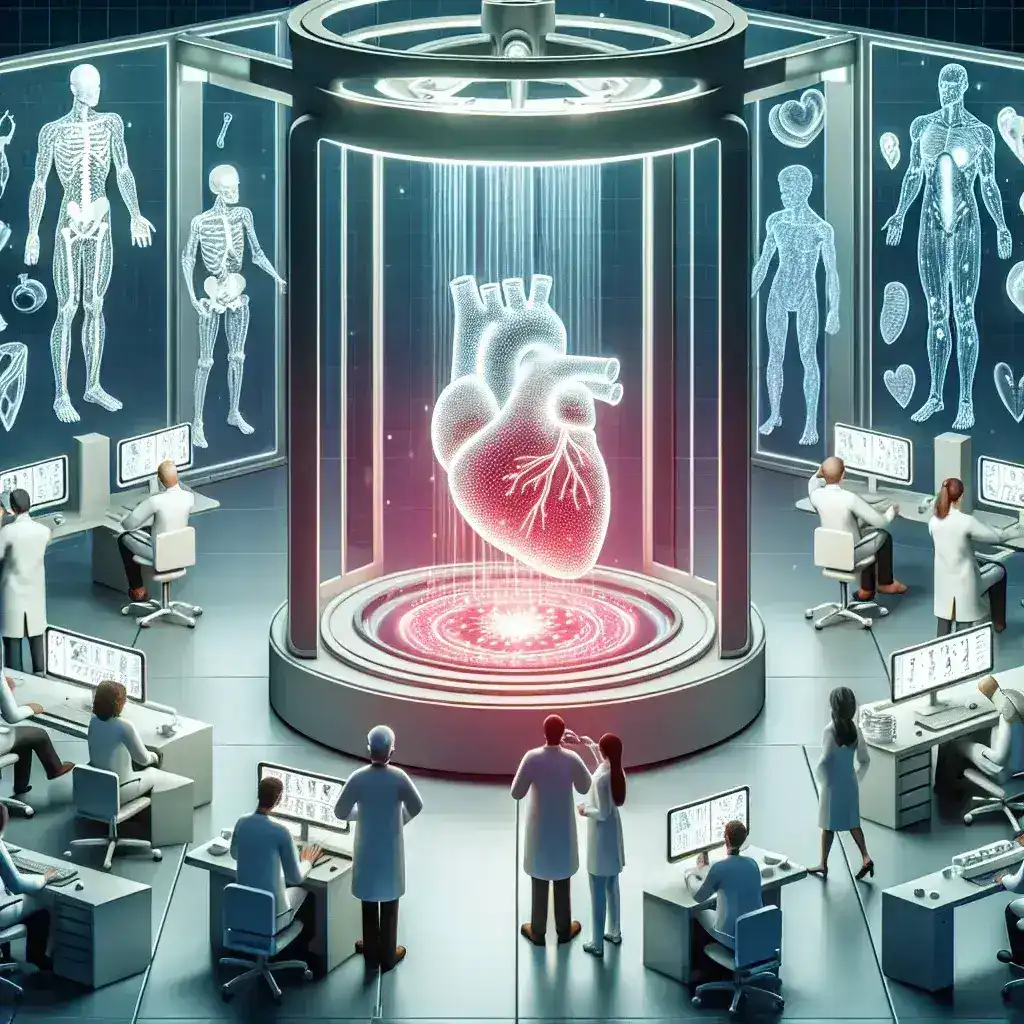Introduction
The intersection of technology and healthcare is constantly evolving, and one of the most groundbreaking innovations in recent years is 3D printing. This technology is not only reshaping manufacturing but is also poised to revolutionize the medical field. In this article, we will explore the future of 3D printing in medicine, examining its applications, benefits, challenges, and outlook.
Applications of 3D Printing in Medicine
- Custom Prosthetics and Implants: 3D printing allows for the creation of personalized prosthetics and implants tailored to the specific anatomy of individual patients. This customization improves comfort and functionality.
- Bioprinting Tissues and Organs: Scientists are making strides in bioprinting, which involves creating living tissue constructs. While still in the experimental phase, the potential to print organs for transplantation could alleviate donor shortages.
- Medical Models: Surgeons can utilize 3D printed models of complex anatomical structures for preoperative planning, leading to better surgical outcomes and reduced risks.
- Drug Delivery Systems: 3D printing can be used to design complex drug delivery mechanisms that release medications at controlled rates, enhancing treatment efficacy.
Benefits of 3D Printing in Healthcare
- Personalization: 3D printing offers the ability to tailor medical devices and solutions to meet the specific needs of each patient.
- Cost-Effectiveness: The reduction of material waste and the ability to produce items on demand can significantly lower production costs in the healthcare sector.
- Quicker Turnaround Times: With the ability to quickly create prototypes, medical professionals can expedite the development of new devices and treatments.
- Innovation in Research: Researchers can experiment with novel designs and materials, leading to breakthroughs in medical technology.
Challenges Facing 3D Printing in Medicine
- Regulatory Hurdles: The medical field is tightly regulated, and ensuring that 3D printed devices meet safety standards can be a lengthy process.
- Material Limitations: Although the range of materials for 3D printing is expanding, not all materials are suitable for medical applications.
- Technical Expertise: There is a growing need for trained professionals who can operate 3D printing technology and integrate it into clinical practice.
- Ethical Concerns: Issues related to bioprinting living tissues raise ethical questions regarding the implications of creating human-like structures.
The Future Outlook
The future of 3D printing in the medical field is promising, with continued advancements likely to enhance its capabilities. As technology improves, we can expect to see:
- Wider Adoption: More healthcare facilities will integrate 3D printing technologies to improve patient care.
- Advancements in Material Science: The development of new bio-compatible materials will expand the possibilities for 3D printing applications.
- Global Collaboration: Collaborations among researchers, engineers, and healthcare professionals will accelerate innovation and implementation.
- Enhanced Regulations: As the technology matures, clearer regulatory frameworks will evolve, fostering safer and more effective use of 3D printing in medicine.
Conclusion
3D printing is on the brink of transforming the medical field, offering unprecedented opportunities for customization, innovation, and improved patient outcomes. While challenges remain, the ongoing research and development in this area promise a future where 3D printing plays a crucial role in the evolution of healthcare.

